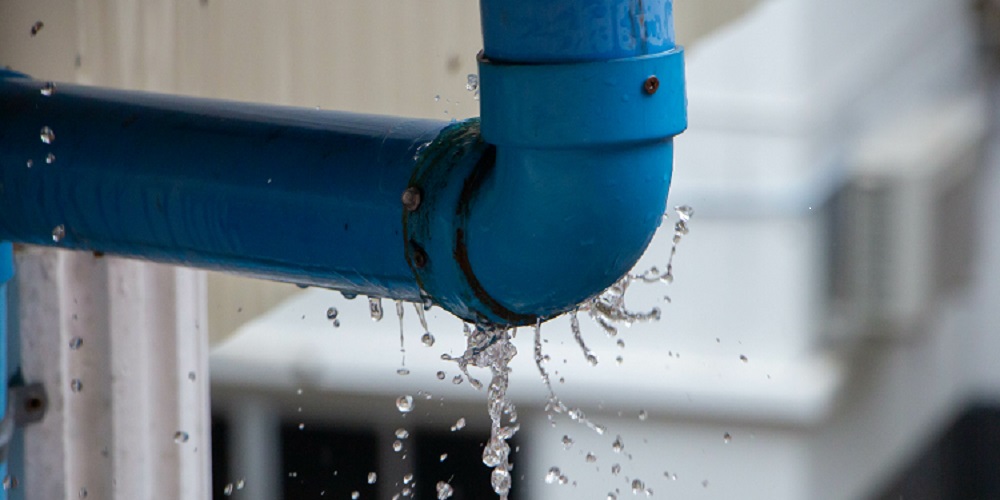Unearthing Concealed Water Line Leaks: Six Proven Techniques
Unearthing Concealed Water Line Leaks: Six Proven Techniques
Blog Article
This post in the next paragraphs involving Locating water leaks is especially insightful. Read it yourself and see what you think of it.

Early detection of dripping water lines can alleviate a prospective disaster. Some tiny water leakages might not be noticeable.
1. Examine the Water Meter
Inspecting it is a guaranteed method that aids you uncover leaks. If it relocates, that suggests a fast-moving leakage. This indicates you may have a slow-moving leakage that could even be below ground.
2. Examine Water Usage
Examine your water costs and track your water consumption. As the one paying it, you must discover if there are any inconsistencies. If you detect sudden changes, despite your consumption being the same, it implies that you have leaks in your plumbing system. Keep in mind, your water expense ought to fall under the same range each month. An unexpected spike in your bill indicates a fast-moving leak.
On the other hand, a steady rise each month, despite the same habits, shows you have a slow-moving leak that's additionally gradually escalating. Call a plumber to extensively inspect your residential or commercial property, particularly if you really feel a warm area on your flooring with piping underneath.
3. Do a Food Coloring Test
When it comes to water usage, 30% comes from commodes. If the color somehow infiltrates your dish throughout that time without flushing, there's a leakage in between the storage tank and also dish.
4. Asses Exterior Lines
Do not fail to remember to examine your outside water lines also. Must water permeate out of the connection, you have a loosened rubber gasket. One tiny leak can throw away bunches of water as well as spike your water bill.
5. Check and Examine the Circumstance
Homeowners ought to make it a behavior to check under the sink counters as well as also inside closets for any kind of bad odor or mold growth. These two warnings show a leakage so punctual focus is required. Doing routine examinations, also bi-annually, can conserve you from a significant issue.
A lot more notably, if you understand your house is already old, keep a watchful eye on your heating systems, hoses, pipelines etc. Look for stainings and compromising as most home appliances and also pipes have a life span. They will additionally naturally degrade due to tear and also wear. If you believe leaking water lines in your plumbing system, don't wait on it to rise. Call a specialist plumber today so you do not wind up with an awful mess in your house.
Early discovery of dripping water lines can reduce a potential catastrophe. Some little water leakages might not be visible. Checking it is a guaranteed method that aids you uncover leaks. One little leakage can throw away heaps of water as well as increase your water expense.
If you suspect dripping water lines in your plumbing system, don't wait for it to rise.
How to Know If Your Home Has a Hidden Leak
Water Meter Reveals Inexplicable Water Usage
If you’d like to test whether or not there’s a leak somewhere in your home, you can do this using your water meter. Here is how to conduct the test:
Don’t use any water in your home for at least 30 minutes; this also means not turning on faucets or water-using appliances.
Go outside, and check your water meter for activity.
If your water meter shows that there was activity, even though no one was using any water, this proves that there is a leak in your home.Visible Mold or Mildew Growth
Leaks behind walls create moist, dark environments that allow mold and mildew to grow and thrive. Eventually, you might see mold growth forming on the wall closest to a hidden leak.
If mold is growing in an area that receives a high amount of moisture, such as a bathroom, it may simply be an indication that better ventilation is needed. However, if you see mold growth on a wall or the ceiling in an area where you would not expect, you probably have a hidden leak.
Musty, Mildew Odor
Sometimes you might not be able to see the mold or mildew that is growing as a result of a leak. However, the smell can give the problem away just as easily. If you catch a whiff of something musty, there’s a good chance that old water is collecting somewhere in your home that you can’t see.
Stained/Warped Walls, Ceilings, or Floors
When your home soaks up water, a variety of red flags can become visible, including ceiling stains, bubbling drywall, warped walls, and sagging floors. While these issues can be caused by excess humidity, they can also be signs that a pipe or plumbing connection has started leaking behind your walls.
Inexplicably High Water Bill
After a while, you get a general sense for what your water bill should be. If you own a pool or sprinkler system, your bill will tend to be higher during summer. However, if you receive a water bill that seems especially high, and you can’t figure out what caused it, then you may have a hidden leak somewhere that’s increasing your bill.
https://www.plumbingjoint.com/blog/2019/july/how-to-know-if-your-home-has-a-hidden-leak/

I hope you liked our piece on Leaking water lines. Many thanks for taking the time to read through our content. Enjoyed our post? Please share it. Let somebody else locate it. Thanks a lot for going through it.
Maintenance Sign-Up Report this page